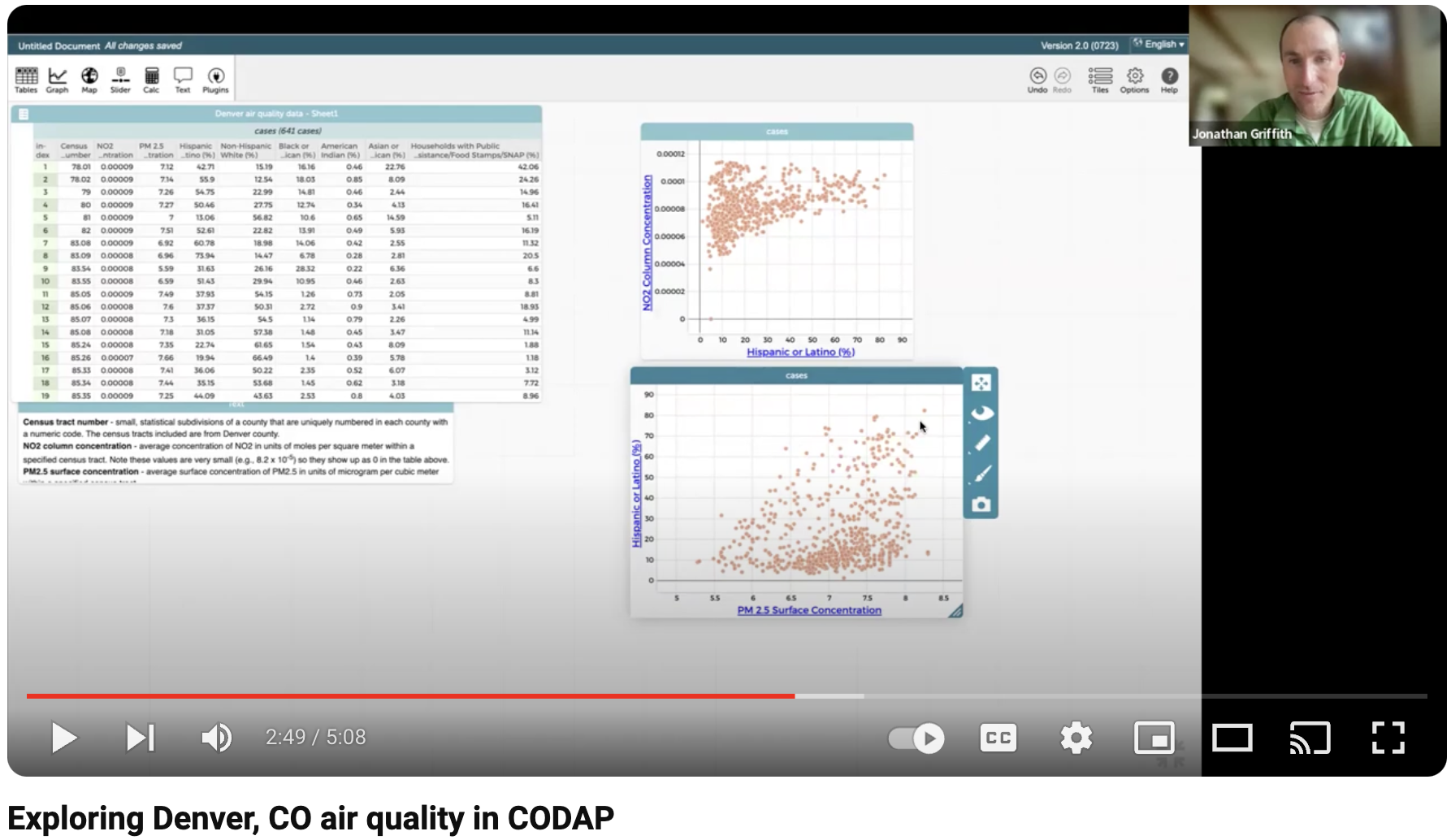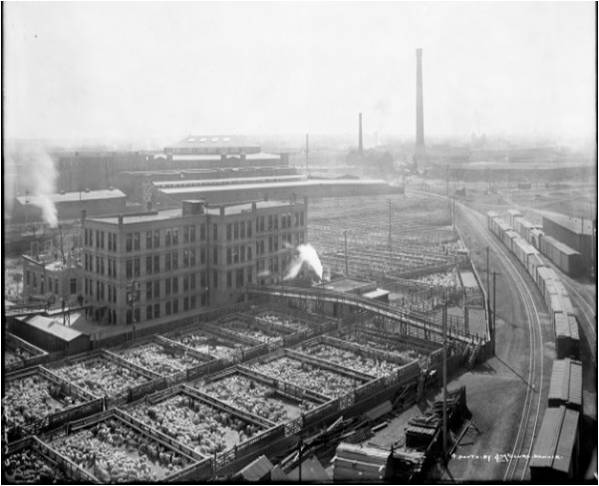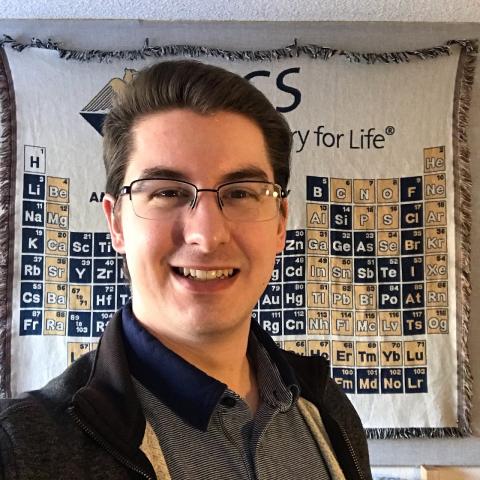About the Data:
The data above includes 8 variables for each of the 640 census tracts in Denver, CO from 2019 including indicators of poor air quality: average concentration of inhalable particulate matter smaller than 2.5 micrometers in diameter (PM2.5) and nitrogen dioxide (NO2) for the year 2019**; Race: percentage of Hispanic, Non-Hispanic White, Black, American Indian, and Asian people; Socioeconomic status: percentage of households with Public Assistance/Food Stamps/SNAP.
**A year of data was chosen because it provides a more accurate overall picture by looking over time across things like seasonality of pollution exposure. Scientists selected 2019 specifically because they did not want any interference from covid-related changes in emissions, believing that business as usual emissions will likely go back to closer to pre-covid (pre-2020) levels.
Possible questions to consider when analyzing the data:
- How do nitrogen dioxide (NO2) concentrations relate to the percentage of different racial and socioeconomic groups in Denver census tracts?
- How do small particulate matter (PM2.5) concentrations relate to the percentage of different racial and socioeconomic groups in Denver census tracts?
- Which groups (race, socioeconomic) experienced the worst air quality in Denver in 2019?
What other pattern(s) did you notice/see/find?
Some pattern(s) we notice/see/find:
- Census tracts with higher percentages of Hispanics, American Indians, or Black people are more likely to experience high concentrations of NO2 and PM2.5
- Census tracts with a high percentage of White or Asian people are more likely to experience lower concentrations of NO2 and PM2.5
- We noticed that there are many census tracts that have a high percentage of White or Asian people that also have high concentrations of NO2 and PM2.5.
- Pattern Interpretation: These patterns suggests that census tracts that have a high percentage of White or Asian people are more likely to have good air quality but that it doesn't guarantee that these census tracts will have good air quality.
- Census tracts with a high percentage of people who qualify for public assistance are more likely to experience high concentrations of NO2 and PM2.5
What other pattern(s) did you notice/see/find?







